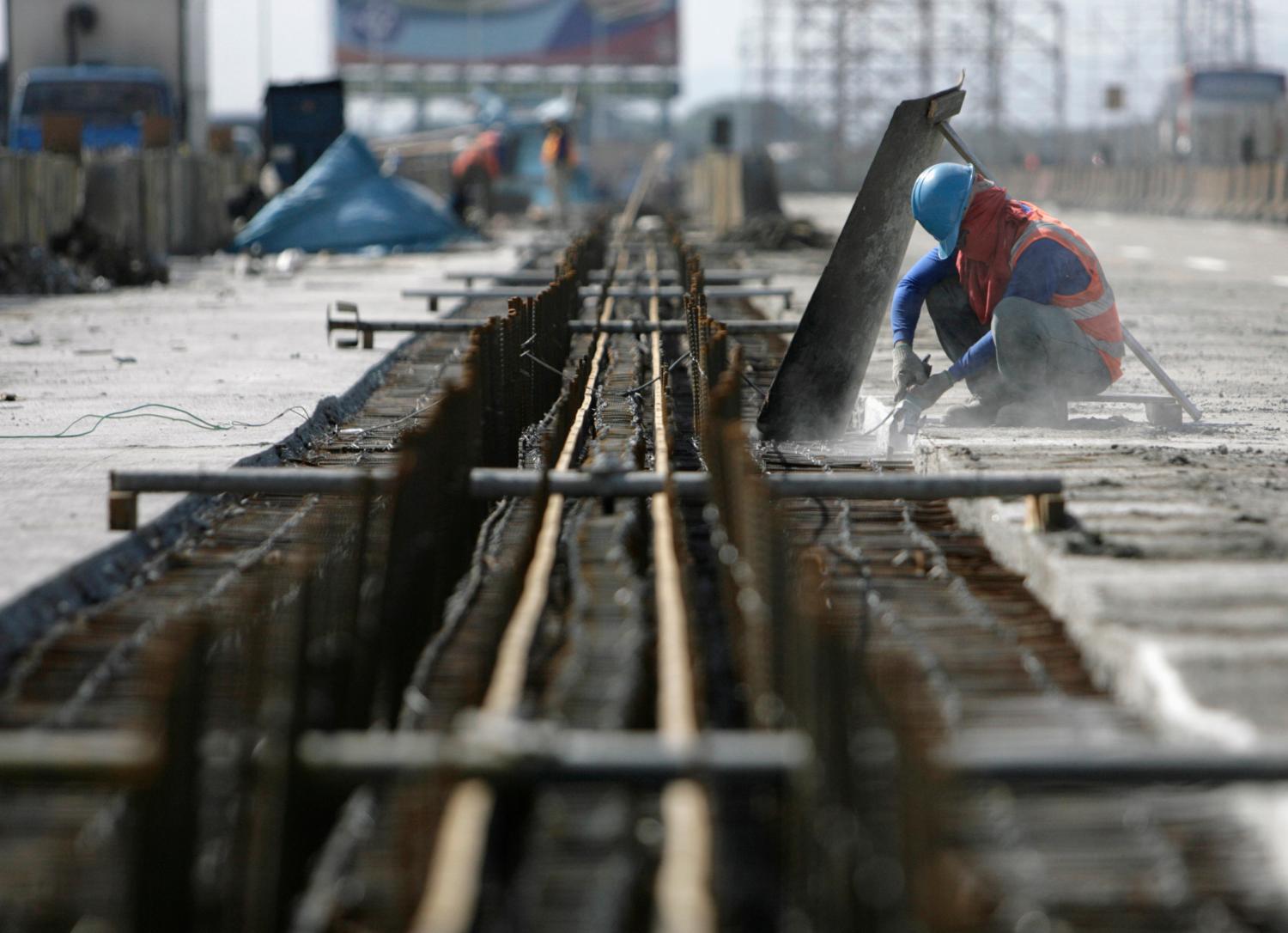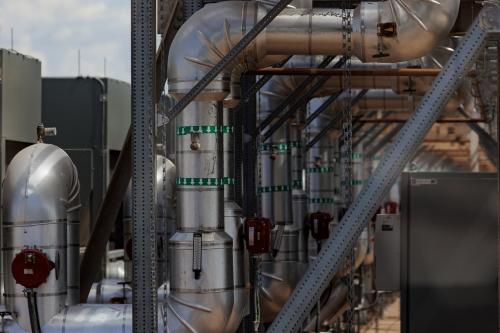Equipping workers with the skills to match employer requirements has been a key economic priority during the recovery. Too often, job seekers encounter low wages and lack the education or training to fill better-paying positions in manufacturing, science and technology, and a host of other fields. Even as new job openings are on the rise nationally, employers face difficulties hiring fresh talent, workers struggle to take advantage of emerging opportunities, and the economy continues its tepid track.
Our nation’s infrastructure sector is enduring many of these same challenges. Beyond the 1.1 million new infrastructure jobs projected to appear over the next decade, 2.7 million existing workers need to find suitable replacements, largely due to an impending wave of retirements. And since 80 percent of these workers develop their skills through on-the-job training, practical hands-on experience is especially important. Ultimately, given infrastructure’s sizable economic impact across the country, it will take the combined efforts of many public, private, and civic partners to drive future workforce development strategies.
While there are a variety of policies and programs at the national level to help train workers in this field, including efforts launched by the Department of Transportation, AFL-CIO, and numerous other organizations, metropolitan areas are also stepping up with innovative measures of their own.
Los Angeles and Philadelphia, are among the regions emphasizing new career pathways, project labor agreements, and community partnerships to create a sustained pipeline of talent for their transit systems. Through workshops and other training programs, New York has also actively invested in its transportation workforce, connecting thousands of skilled job seekers to a growing network of employers.
Similarly, trade and logistics hubs, such as Seattle and Miami, have responded to their unique freight needs by expanding apprenticeship opportunities at port facilities and channeling additional funding into skills building programs. Distribution centers in California and elsewhere have followed suit, as they coordinate with community colleges and businesses to prepare more workers for stable, “middle-skill” infrastructure careers.
At the same time, several areas have adapted to a rising tide of environmental concerns and population pressures by implementing new technologies in their water utilities and seeking out a young class of skilled operators to manage these systems. From San Francisco to Chicago, multiple agencies, industries, and educators are implementing long-range workforce development plans to improve recruitment and retention.
Through targeted long-term solutions, metropolitan areas are making the bold investments necessary to maintain our nation’s infrastructure systems for years to come. As these areas continue building on their distinctive local strengths and exploring a range of strategies to meet their future labor demands, having a skilled workforce will help set the foundation for lasting economic growth.
The Brookings Institution is committed to quality, independence, and impact.
We are supported by a diverse array of funders. In line with our values and policies, each Brookings publication represents the sole views of its author(s).




Commentary
Developing Infrastructure Job Skills at the Metro Level
July 22, 2014